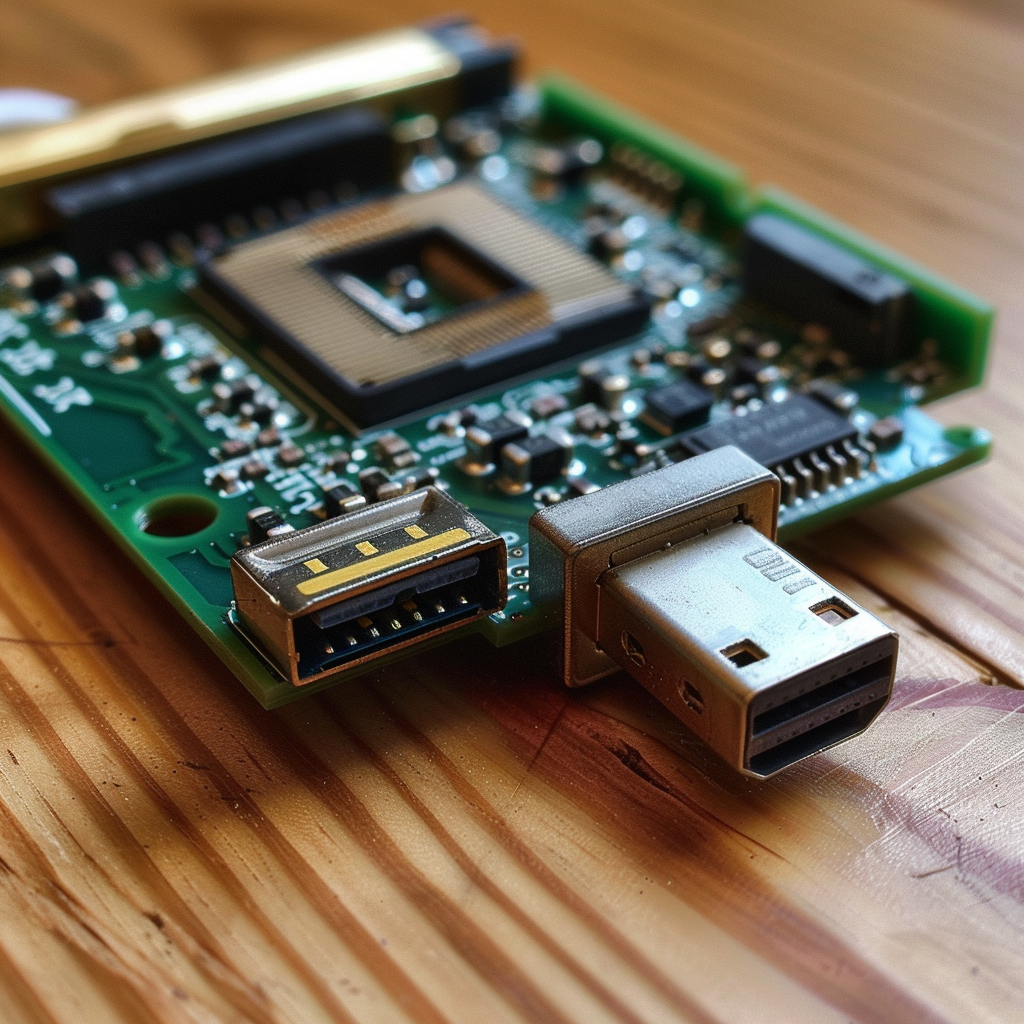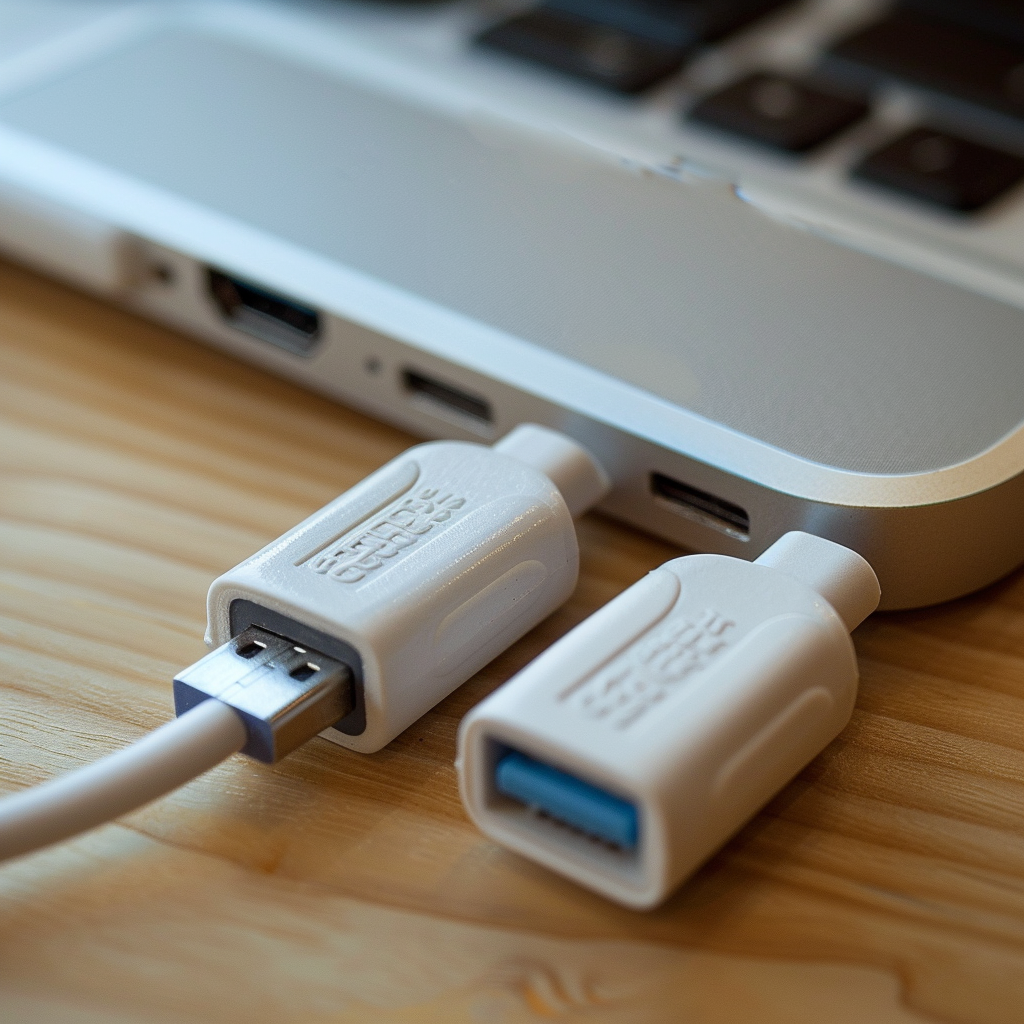Have you ever wondered what to do with that old laptop sitting in your closet, gathering dust? Instead of letting it go to waste, why not repurpose its screen into a portable HDMI display? In this DIY project, we’ll explore how you can breathe new life into your old laptop screen, transforming it into a versatile HDMI display that you can use with various devices. With a bit of creativity and DIY know-how, you can create a portable display for gaming, media playback, or even as a secondary monitor for your workstation.
Materials Needed:
Before you begin, gather the following materials:
- Old laptop with a functioning LCD screen
- LCD controller board kit compatible with your laptop screen
- Power adapter for the LCD controller board
- HDMI input module or adapter
- Power source (battery pack or DC power supply)
- Enclosure or mounting materials (optional)
- Screwdriver, wire cutters, and other basic tools
Step-by-Step Guide:
1. Disassemble the Laptop:
- Carefully disassemble the old laptop, removing the screen assembly from the chassis. Be cautious and gentle to avoid damaging the screen or other components.
2. Identify the LCD Panel Model:
- Look for a model number or serial number on the back of the LCD panel. This information will help you find a compatible LCD controller board kit.
3. Install the LCD Controller Board:
- Purchase an LCD controller board kit that matches the specifications of your LCD panel. Follow the instructions provided with the kit to connect the controller board to the LCD panel.
- Make sure all connections are secure and properly seated. Test the setup to ensure the controller board can successfully drive the LCD panel.
4. Connect the HDMI Input Module:
- Install an HDMI input module or adapter to the LCD controller board. This module will allow you to connect HDMI devices, such as laptops, game consoles, or media players, to your DIY display.
- Follow the manufacturer’s instructions for connecting and configuring the HDMI input module.
5. Power the Display:
- Connect a power adapter to the LCD controller board to provide power to the display. You can use a standard DC power supply or a battery pack for portability.
- Test the display to ensure it powers on and functions correctly.
6. Enclose or Mount the Display (Optional):
- If desired, enclose the DIY display in a custom-made enclosure or mount it on a stand or bracket for stability and convenience.
- Consider adding additional features such as speakers, a touchscreen overlay, or a protective screen cover.
Unleashing Creativity and Utility Through DIY Display Transformation
With a bit of DIY effort and ingenuity, you’ve transformed your old laptop screen into a portable HDMI display that you can use for a variety of purposes. Whether you’re gaming on the go, watching movies with friends, or adding a secondary monitor to your workstation, your DIY display offers versatility and convenience. With the satisfaction of repurposing old technology and the benefits of a custom-made solution, this project demonstrates the potential for creativity and resourcefulness in the DIY community. So dust off that old laptop, gather your materials, and start transforming it into a portable HDMI display today!
Related Articles:
- DIY SATA to USB Adapter: Repurposing Spare Parts for Data Transfer
- Transforming an Old Laptop Screen into a Portable HDMI Display: DIY Project
- Creating a Homemade Thunderbolt Adapter: DIY Guide and Tips
- DIY OTG Adapter: Turn Your USB Cable into an On-The-Go Connector
- Building a USB to Serial Adapter: A Practical DIY Approach
- Crafting Your Own DisplayPort to DVI Adapter: DIY Project Explained
- DIY VGA to HDMI Adapter: Transforming Old Tech into Modern Connectivity
- Creating a Custom Audio Adapter: Step-by-Step DIY Tutorial
- DIY Ethernet Adapter: How to Make Your Own Network Connector



